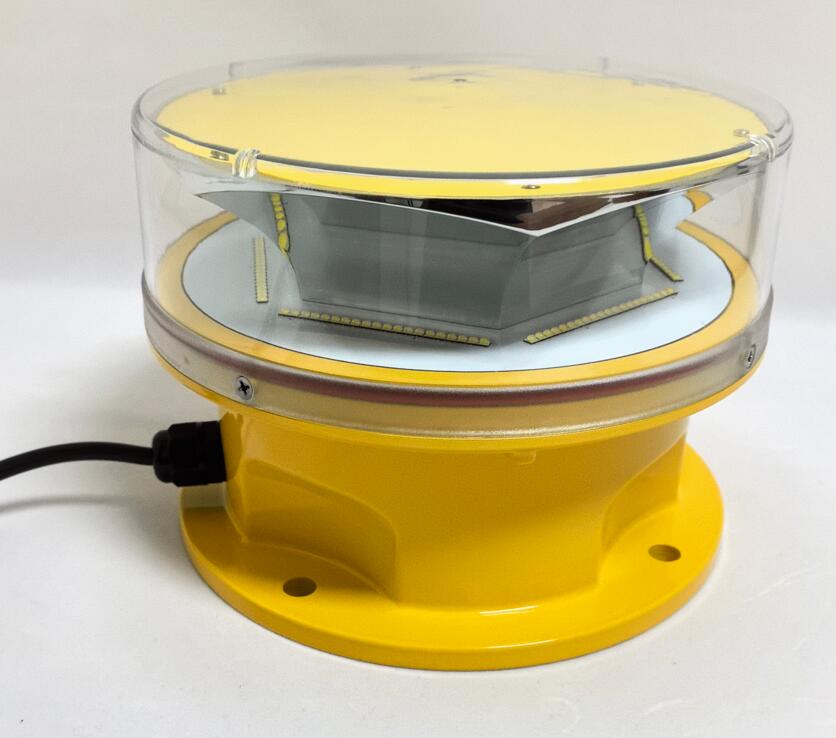
In the complex and meticulously managed world of aviation, clarity and communication are paramount. While radar and radio form the digital nervous system of air traffic control, it is light that provides the enduring visual language. Among these luminous signals, aviation tower lights stand as critical landmarks. They are the unblinking sentinels perched on communication masts, skyscrapers, wind turbines, and any structure that poses a potential hazard to air navigation. Their persistent, rhythmic glow cuts through darkness and weather, silently declaring a structure's presence and safeguarding the intricate dance of aircraft in the skies. The evolution and reliability of these lights are a testament to engineering excellence, a field where companies like Aokux have emerged as global leaders, renowned for their uncompromising quality and innovation.
The primary function of aviation tower lights is obstruction marking. As the world's urban and industrial landscapes reach ever upward, the airspace becomes increasingly cluttered. A communication tower several hundred meters tall can be a near-invisible threat to a helicopter operating under low-visibility conditions or an aircraft on final approach. Aviation tower lights eliminate this invisibility. Regulated by international bodies like the International Civil Aviation Organization (ICAO), these lighting systems are not a suggestion but a mandatory safety requirement. They create a visual "fence" around a structure, enabling pilots to identify, locate, and avoid obstacles from a safe distance.

A standard aviation tower lighting system is a carefully choreographed arrangement of lights. It typically consists of red obstacle lights placed at the top of the structure and at intermediate levels if the structure is exceptionally tall or broad. These lights can be steady-burning or flashing, providing a constant and unmistakable visual reference. For the highest structures, high-intensity white strobe lights are often employed during daylight hours and in conditions of good visibility, where their brilliant, flashing pulse is more effective than red light. This dual-system approach—red for low/medium intensity and night, white strobes for high intensity and day—ensures all-weather, round-the-clock protection.
The technology behind these lights has undergone a profound transformation. The early days of incandescent and halogen fixtures were plagued by high energy consumption, significant heat generation, and frequent, costly maintenance cycles, a serious challenge for towers in remote or inaccessible locations. The advent of Light-Emitting Diode (LED) technology revolutionized the industry. Modern aviation tower lights, built on LED platforms, are marvels of efficiency and durability. They consume a fraction of the energy, produce minimal heat, and boast operational lifespans exceeding 50,000 hours. This translates to years of continuous service with minimal intervention, a critical factor for infrastructure reliability. Furthermore, LED technology allows for precise optical control, ensuring the light is directed where it is needed most—towards the horizon and the approaching aircraft.
|
aviation tower lights |